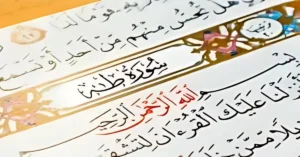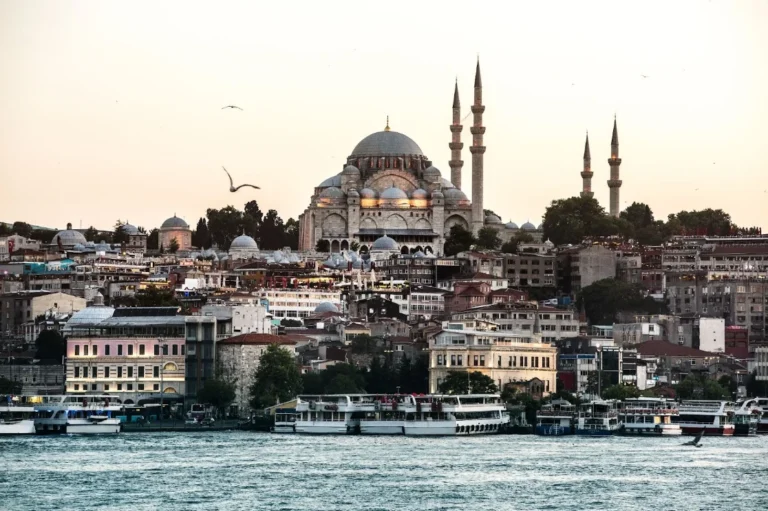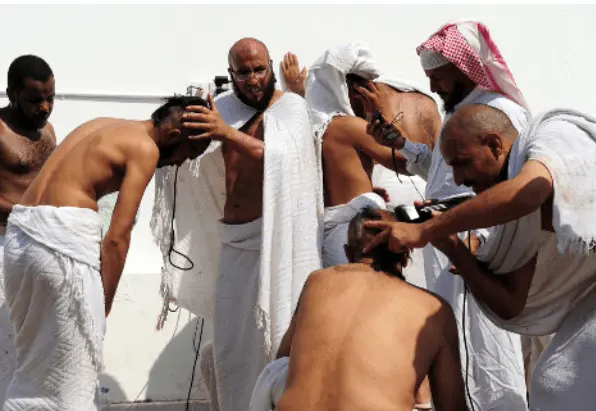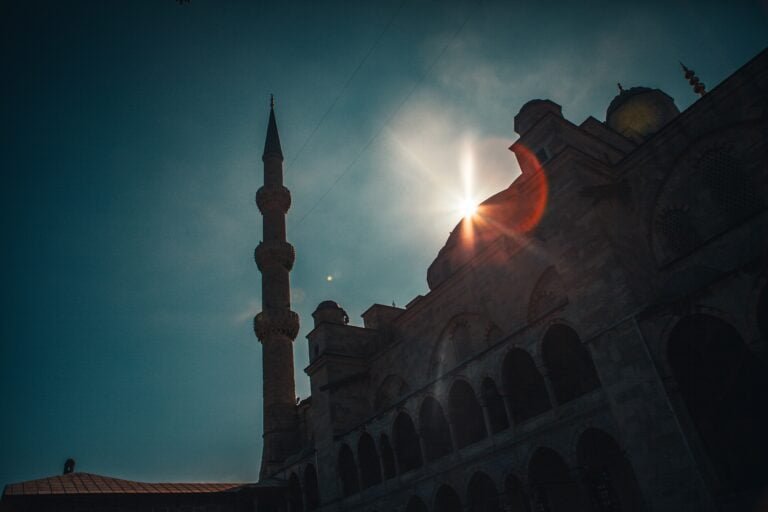Introduction
Performing Hajj and Umrah are important religious obligations for Muslims. These pilgrimages involve both physical and spiritual purification of the soul, and strengthening faith in Allah (SWT). One of the essential practices during Hajj and Umrah is Shaving or Cutting hair, which is known as “Halq and Taqsir.”
During the Hajj and Umrah, pilgrims follow a series of prescribed actions, collectively known as “Manasik.” These include entering into the State of Ihram, Performing Tawaf, Sa’i between Safa and Marwah, and for those performing Hajj, standing on the Plains of Arafat. The ritual of cutting or shaving the hair during Hajj and Umrah usually takes place after certain activities, symbolizing rebirth and renewal. It marks the pilgrim’s reaffirmed commitment to Allah (SWT). This haircutting is a powerful gesture of humility, new beginnings, and a deep devotion to faith.
If you want to know about all the manasik of Hajj and Umrah, check out our category on Hajj and Umrah.
Understanding Halq and Taqsir
Halq and Taqsir are two important rites either of which must be performed upon the completion of the pilgrimage to Makkah. Performing one of these rites is obligatory for Hajj and Umrah pilgrims depending upon the type of pilgrimage. Pilgrims must be aware of haircut rules for both these rituals, and the right time to perform them.
Halq (Shaving the Head) is the act of shaving the head completely after performing Hajj and Umrah and is a practice more commonly undertaken by male pilgrims. In the context of Hajj and Umrah, Halq symbolizes the submission to Allah (SWT), representing a complete renewal of the state of purity. Pilgrims need to perform halq to exit the stage of Ihram after Tawaf.
Taqsir (Trimming the Hair) involves trimming the hair and is also recommended for women performing Hajj and Umrah. It is optional for individuals to cut hair equal to the length of their fingertips.
Halq and Taqsir are performed as the concluding acts of Hajj and Umrah, marking the transition out of the state of Ihram.
Rules and Regulations
Halq and Taqsir are critical rituals in completing Hajj and Umrah. Pilgrims must follow specific rules for hair cutting or shaving during Hajj and Umrah.
Obligation: Both shaving and trimming are mandatory for leaving the state of Ihram. Pilgrims can only fully exit Ihram by performing one of these acts.
For those without hair, If the Pilgrims have no hair, one must still run a razor to complete the ritual.
It is Sunnah to face the Qibla when beginning these rites. Start from the right side of the head, as exemplified by the Prophet Muhammad (SAW) during his performance of Hajj.
Hazrat Anas ibn Malik (RA) narrated in Sahih Muslim:
Allah’s Messenger (SAW) came to Mina; he went to the Jamra and threw pebbles at it, after which he went to his lodging in Mina and sacrificed the animal. He then called for a barber and, turning his right side to him, let him shave him; after which he timed his left side. He then gave (these hair) to the people.
[Sahih Muslim 1305a]
Assistance: It is permissible for another person to perform Halq or Taqsir for you; they do not need to cut their hair first. This allows for flexibility and helps those who may need assistance.
Self-service: Both Halq and Taqsir can be performed by the pilgrim himself/herself.
Marital Relations: For Hajj pilgrims, the restrictions of Ihram are lifted with the cutting of hair. It is important to note that marital relations are only permitted after completing the Tawaf al-Ziyarah (also known as Tawaf al-Ifadah).
By adhering to these practices, pilgrims honor the Hazrat Muhammad (SAW) traditions and ensure the correct performance of their rites.
Timing of Hair Removal
When you perform Hajj or Umrah, cutting or shaving hair perform after completing Sa’ee. In the case of Hajj al-Tamattu, where Umrah and Hajj are performed separately, you’ll cut your hair twice: once after Umrah and again after the Hady (the sacrificial act) during Hajj.
For more information about Hady, you can visit this blog: Understanding Qurbani in Hajj: Obligations and Procedures of the Sacrifice
For Hajj al-Qiran, haircutting occurs once, after completing the Hady during Hajj. Similarly, for Hajj al-Ifrad, you cut your hair once during Hajj, ideally after the stoning at Jamarat al-Aqaba. It’s important to remember that for all three types of Hajj, you must cut your hair before sunset on the 12th of Dhul Hijjah. You can cut your hair in Makkah, Mina, or Muzdalifah, but it’s Sunnah to do so in Mina.
Read more Muzdalifah – A Night of Reflection and Preparation during Hajj.
For Men: Shaving vs Trimming
Shaving is generally preferred for men during Hajj and Umrah religious acts unless there is a strong reason not to, such as a skin condition or other medical issues. It is seen as more worthy than trimming. Trimming is often chosen by those who perform multiple Umrahs, as continuously shaving the head can cause discomfort or skin issues.
For Women: Guidelines for Hair Cutting
- As for women, it is not advisable to perform Halq; they must perform Taqsir to be relieved from the condition of Ihram.
The evidence for this is from the following Hadith narrated by Hazrat Ali (RA):
“The Messenger of Allah [SAW] forbade women to shave their heads.”
[Sunan an-Nasa’i 5049]
- When performing Taqsir, one must chop a minimum length of a fingertip from all ends of the hair.
- Even if a woman has short hair, it must be slightly cut to successfully exit the state of Ihram in order to complete your Hajj or Umrah pilgrimage.
Who Cuts the Hair
Women can cut or have another person do it. It is often done in private or in the company of other women.
FAQs About Hair Cutting in Hajj and Umrah
Q. Is it mandatory to shave your head during Umrah?
After performing the Hajj or Umrah pilgrimage, it is necessary (wajib) to shave or trim the hair. At least a minimum length of a fingertip must be removed from all ends of the hair. The sunna is to shave the head, and it is disliked to do less than this.
Q. Can I perform Umrah without cutting my hair?
Cutting Hair after Umrah is a Wajib act that all pilgrims in Ihram must perform.
Q. Is there a preferred option between Halq and Taqsir during Hajj?
Halq is preferred for men, but both are acceptable acts of worship during Hajj and Umrah.
Q. What are the reasons for not cutting hair during Hajj or Umrah?
Cutting hair is considered obligatory (wajib), and not performing this act can require atonement.
- Incomplete Pilgrimage: It is important to cut the hair after completing the Hajj or Umrah, as it signifies the end of the sacred state of Ihram. Failing to do so would leave the pilgrimage incomplete. Cutting the hair is a necessary requirement to fully observe the pilgrimage.
- Continued Ihram State: Without cutting the hair, a pilgrim technically remains in the state of Ihram. This ongoing state imposes continued restrictions, such as prohibiting wearing scented products, cutting nails, or engaging in marital relations.
- Need for Expiation (Fidyah): Suppose a pilgrim intentionally or accidentally fails to perform an obligatory act of Hajj or Umrah, such as cutting the hair. In that case, they are generally required to make expiation (Fidyah), which is a form of compensation, often involving the sacrifice of an animal.
For more information about Hajj and Umrah violations and penalties, you can visit this blog post.
Modern Practices and Considerations
During Hajj and Umrah, pilgrims must navigate traditional rites and modern health and safety concerns, especially when shaving or cutting hair. Traditionally, many pilgrims use the services of professional barbers who set up shop in and around the pilgrimage areas. These barbers are experienced and usually handle a large volume of pilgrims efficiently. However, the use of communal razors or shears poses significant health risks, primarily the potential spread of infections like hepatitis or skin infections.
Given these concerns, many pilgrims use personal razors or scissors. Bringing a personal shaving kit ensures hygiene and aligns with global health standards by minimizing the risk of cross-contamination. Saudi authorities have implemented strict regulations for barber services during Hajj due to health risks. These regulations mandate the use of disposable blades and require maintaining high levels of cleanliness.









